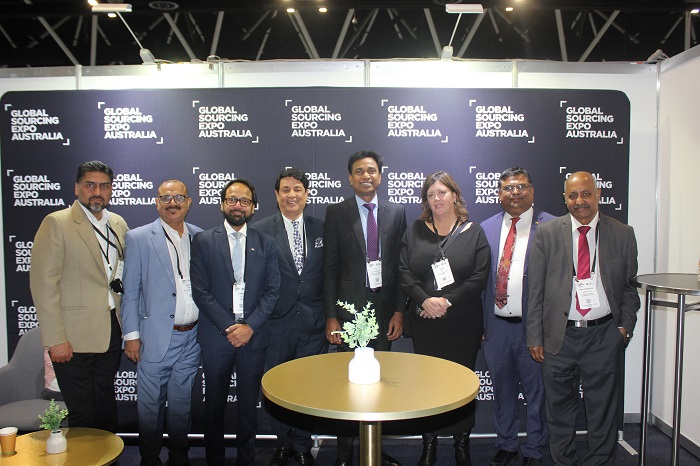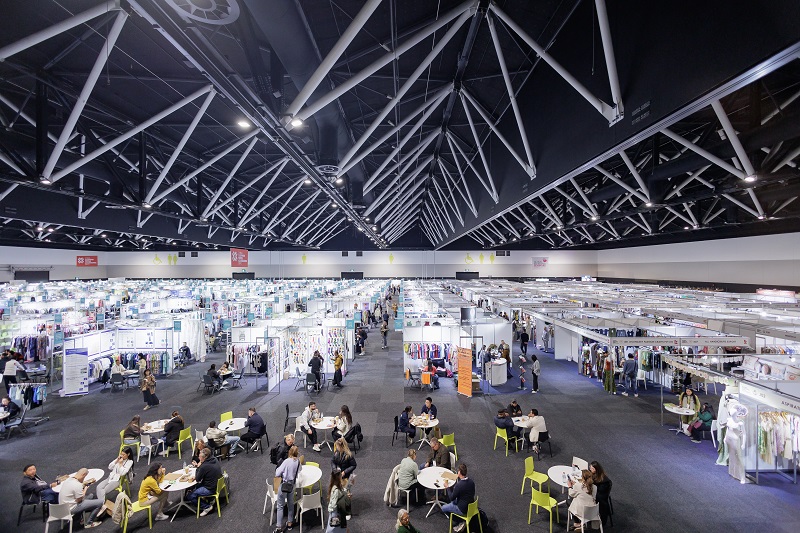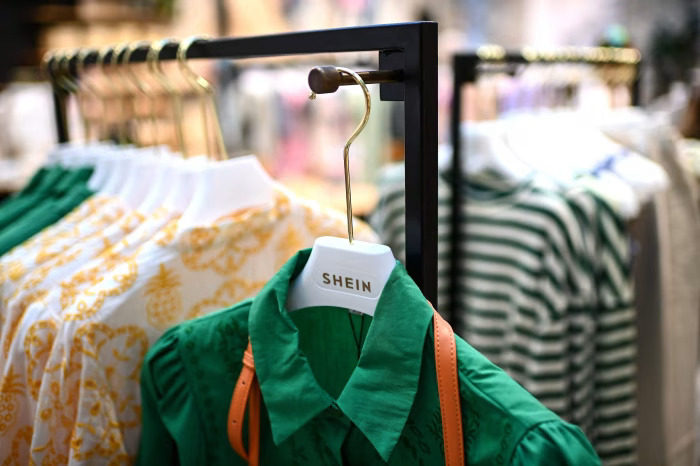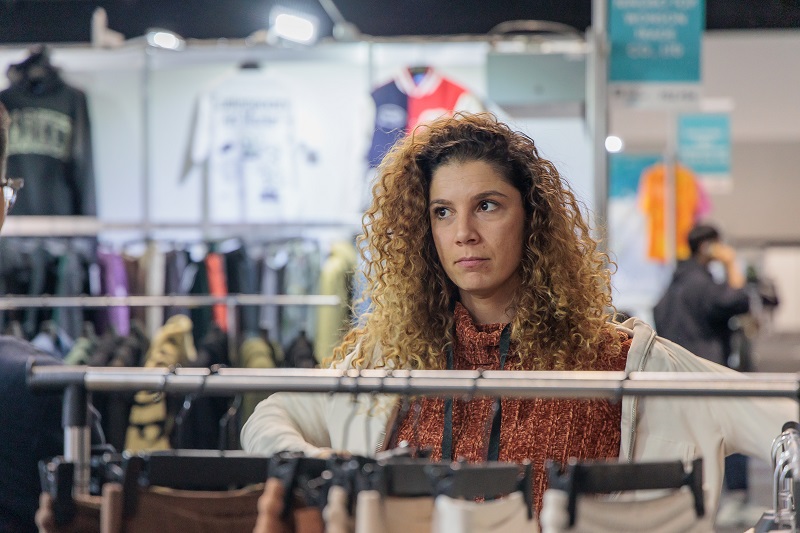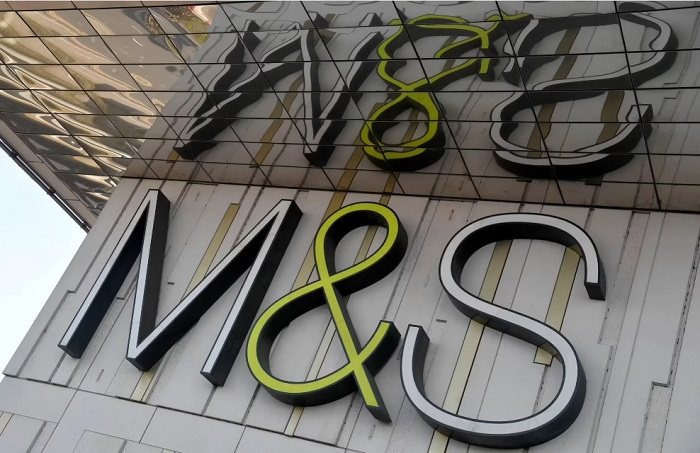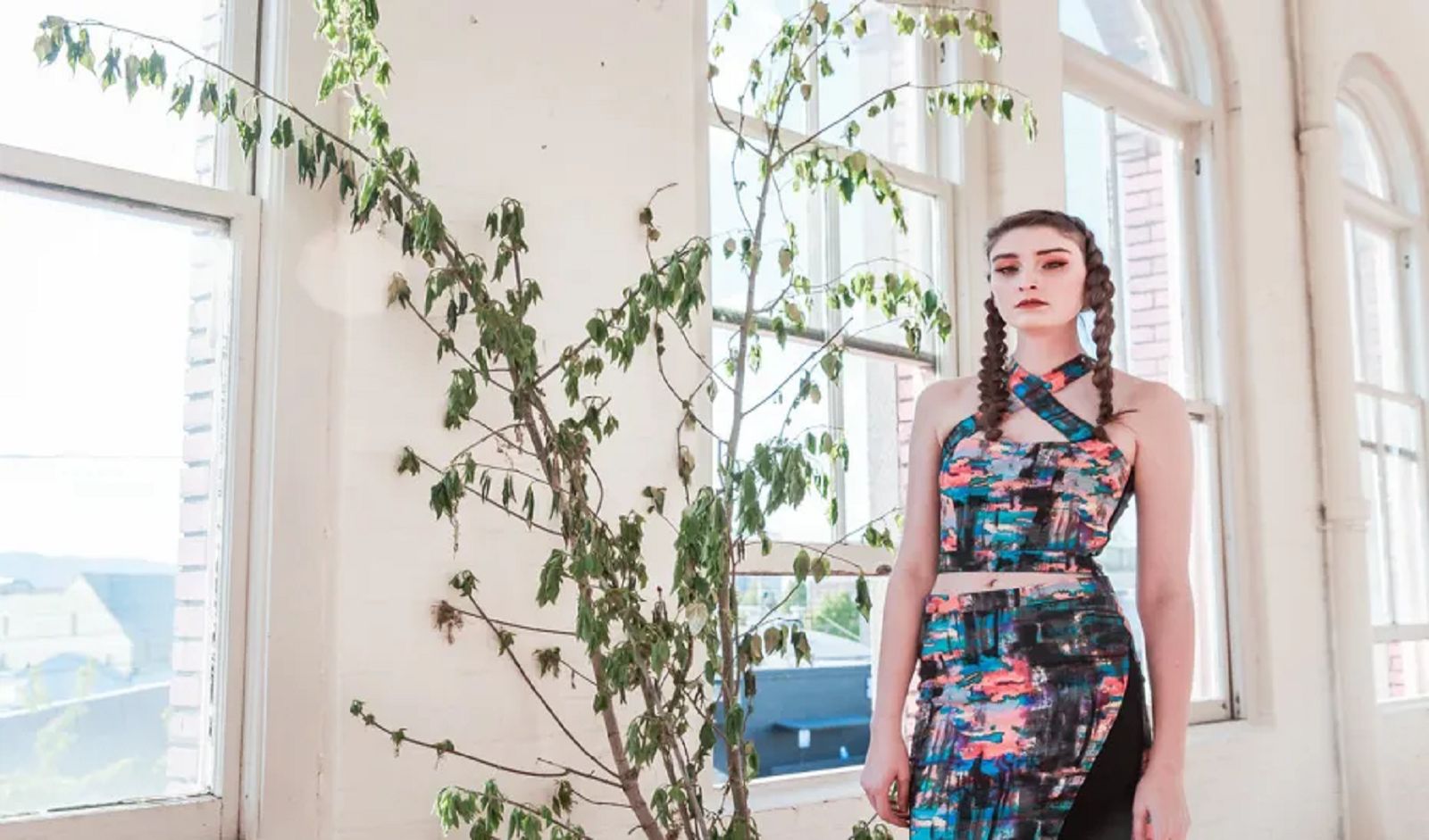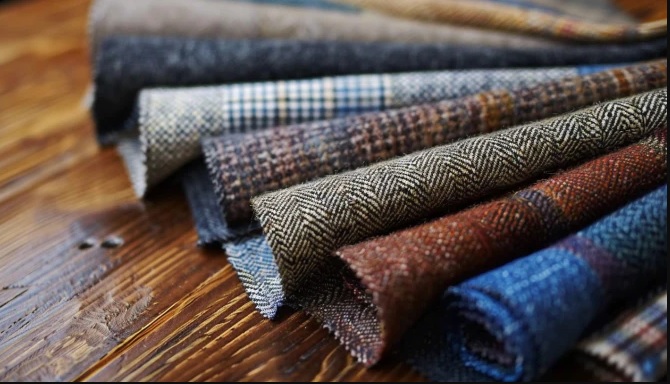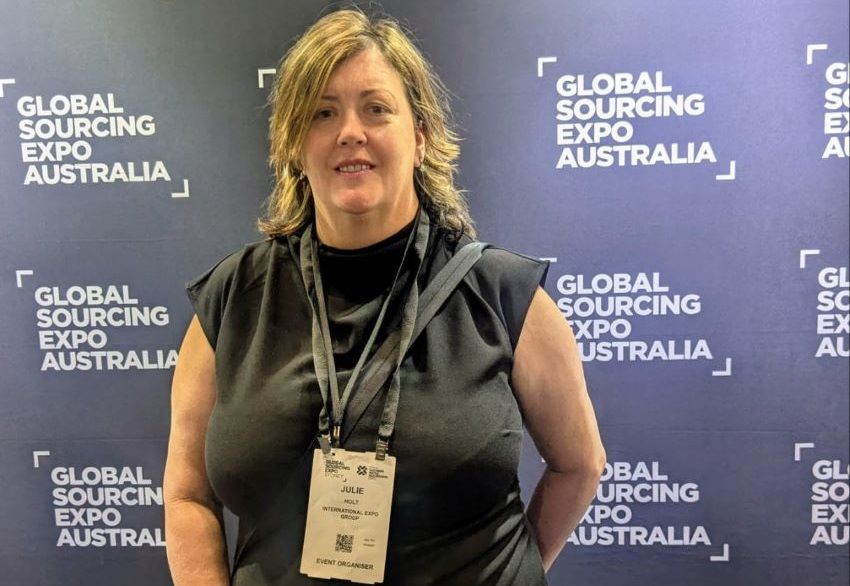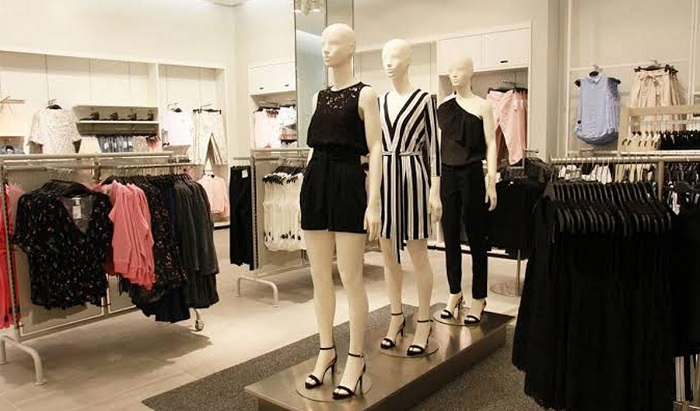FW
The Interbrand ranking is out. And once again the world's most valuable brands features a strong presence of luxury labels, online retail specialists and apparel distribution giants. For example, Amazon has climbed eight places overtaking Disney and Facebook.
While Nike stands 18th, just ahead of Louis Vuitton and H&M, Gillette ranks 24th and Zara 27th. On the other hand, eBay, has slipped down to the 32nd position, two places ahead of French label Hermès. L’Oréal, stayed within the top 50 by ranking 45th, with Gucci in 53rd place ahead of Colgate in 55th and Adidas in the 60th. Cartier is in 62nd place, followed some distance away by Tiffany & Co in 74th. Italian fashion label Prada stands on the 82nd position just ahead of British brand Burberry that ranks 83rd. As for Dior, it stepped in 89th position, ahead of Ralph Lauren which held on to 98th.
The Interbrand ranking is based on three elements: financial performance of products and services, influence a brand has in the choices of consumers and a brand's ability to sustain a price premium and guarantee a revenue stream for the Corporation.
By making an investment of $9 million, Ludhiana -based KG Exports is coming up with a new factory at an investment of $9 million. K G Exports tees to France. The new unit will be built across 4 acres of land and production is likely to start next year. Currently, the company has the capacity to manufacture 3,000 pieces daily. And with the new unit in place, the target is being raised to 10,000 pieces per day. It will also explore new markets and will work with new buyers.
Harish Dua, MD of KG Exports says the new unit will be a green facility. Since the last three years, the company has been upgrading its unit by investing Rs 5 crore in machinery for knitting, stitching and value addition, he added.
Dua, who is also the president of formed Knitwear and Apparel Exporters Organization, says he is expecting 200 members to join the association in next one year. He further points out that Ludhiana is trying to change its image as buyers are not aware about the strength of this knitwear hub and are focusing more on Tirupur.
Manufacturers of garment and leather as well as laundry and textile cleaning technology that were earlier grouped in VDMA will become VDMA Textile Care, Fabric and Leather Technologies. The new name reflects the industry’s strong international approach.
Also each sector is represented in the Association viz. manufacturers of sewing and garment technology, manufacturers of shoe and leather technology, manufacturers of laundry and textile cleaning technology and manufacturers of machines for processing technical textiles. All of them shall find themselves reflected in the new designation.
A new Board was elected at this year’s industry meeting and Günter Veit, MD of Veit GmbH was re-elected as chairman of the Association for the next three years. Likewise, Klaus Freese, managing director of DESMA Schuhmaschinen GmbH was also re-elected as deputy chairman. In addition, the complete Board of the Association was newly elected.
Surging yarn prices have hit the powerloom units in Tamil Naud’s Erode district. So much so that loom owners have now decided to cut production by downing their shutters once in a week in order to stay in the business by avoiding huge losses. Though loom owners are trying their best to clock a handsome business ahead of Diwali, they are finding it difficult to meet orders as yarn prices have gone up. This was disclosed by K Suresh, President of Erode Powerloom Owners Association (EPOA).
In the current scenario, powerloom weavers are forced to up prices of their products and as a result, sales have come down. There are more than one lakh powerloom units in Erode district and Pallipalayam and Kumarapalayam in Namakkal district. They usually use cotton and Viscose Rayon yarns to make the products.
The retail sector needs to work across all aspects of production process to achieve closed loop clothing, said H&M’s sustainability manager Catarina Midby while addressing the Textiles Recycling Conference in London. She spoke of the importance of working across the spectrum to achieve the best recycling rates while being cost conscious.
With over 4,000 shops worldwide, H&M is committed to a goal of being 100 per cent circular in terms of how its fashion is made and used. The goal is to use 100 per cent recycled or other sustainably sourced material, Midby informed. H & M works across the entire chain from design to how raw materials are sourced and grown, all the way through to the product reaching the customer, she added.
H&M is committed to a goal of being 100 per cent circular in terms of how its fashion is made and used. Globally the company through its recycling scheme, which it runs through stores, has collected 36,000 tonnes of material, she told delegates.
Upon hearing the word pollution, we usually think of smoke and dust filled roads that affect the environment. However, we are not aware that the fashion industry is the second largest polluting industry in the world, oil being number one, says a report of Eco Warrior Princess.
Adding to the issue of pollution, also comes the problem of over production within the fashion industry. We are not aware that 30 per cent of garments and clothing made in this world are such that consumers would desist buying, the report adds.
This enormous excess of clothing is turned to landfill or burned. This act is simply at which is completely shameful considering there are ways in which clothing can easily be reused and recycled.
This year particularly, there has been much criticism and judgment towards the fashion industry from people in all areas of experience. Essentially, there are too many clothes in the world and our greediness combined with unsustainable consumption is leading us towards major economic and environmental trouble, the report divulges.
Overproduction in fashion is the process of producing a much higher number of goods compared to the demand. Therefore, the manufacturer’s factories are too big in size and large amounts of products that are left unsold build up. A smarter design process is how this problem will eventually erode with clearer communication between brands and factories and creating a business plan that caters for sustainability.
These smarter design procedures are increasingly being applied on a much larger scale with both accomplished and new designers looking to overcome this issue. The T-shared zero waste tee is high in quality, made with the most admirable organic materials, each custom to the buyer and made to last.
With the official prêt-à-porter calendar coming to a close, most of Paris’ women’s trade shows that were highlighting their spring/summer ’17 came to an end on Monday. And what was seen while the shows were on is that there were plenty of things to see.
Tranoi’s ca. 650 women’s wear exhibitors were once again spread out over three locations: Next to the classic and history-loaded venues of the Louvre and La Bourse, this season the trade show also occupied the Cité de la Mode by the other side of the Seine. All the venues hosted a similar, very international mix of women’s wear and accessory brands from new to established, sporty to dressy and clean to pompous.
In its regular abode near République, Woman hosted around 100 brands from the upper casual segment in its cozy, family-like atmosphere. While big draft horses were missing, there were lots of interesting newcomers who could be spotted especially from the US and the Asian continent.
The Berlin Showroom brought a reduced selection (11) of some of Germany’s most interesting fashion designers to the Paris audience. Then, at the Tuileries Gardens, Premiere Classe hosted Paris’ largest selection of footwear, bags, accessories and jewelry with almost 500 (a mix of both popular and lesser known exhibitors) sub-divided into three tents. And in respect to the show’s ready-to-wear concept, Paris sur Mode, showed ca. 100 clothing brands plus the newly established Don’t Believe the Hype area with 15 brands including interesting names such as Lupe or Sunspel and an incorporated mini-version of the Capsule trade show.
All in all, it was noticed that all important buyers showed up in Paris once again. Clearly Paris has the most international audience of all European trade show grounds. Antoine Floch, co-founder and director of the Man/Woman shows reported 90 per cent international visitors of which many were from Japan, Korea, China and United Emirates beside the USA and continental Europe.
Brexit did send shock waves to the entire world. However, it will only happen when the UK government triggers Article 50 of the Lisbon Treaty and formally begins its withdrawal from the EU. As per Article 50, UK has to enter into fresh negotiations with member states about the terms of its departure. This process can take up to two years with the possibility of an extension to a longer negotiation period. With no clear timeline set, Brexit cannot be a possibility for at least in the coming two years.
UK, being a developed country and a major consumption center, imports variety of textile and apparel products from the world. Its textile and apparel imports in 2015 stood at $35 billion. That has grown at a CAGR of 1.2 per cent from $33 billion in 2010. The textile and apparel export is also predominant in total merchandise exports of India to UK vis-à-vis EU. Textile and apparel exports accounted for more than one fourth of the merchandise exports to UK while it has share of 21 per cent in the total exports to EU during 2015-16. In short, Brexit will have negative implications on UK’s textile and apparel imports due to devaluation of the Pound.
Bangladesh's Jamdani textiles, Dhakai Jamdani, Bangladesh's finest muslin textiles is set to be registered as the country's first Geographical Indication (GI) product this month, a media report has stated. This was disclosed by senior secretary of the Industries Ministry M Mosharraf Hossain Bhuiyan while addressing the 56th annual meeting of the World Intellectual Property Organization (WIPO) in Geneva.
The Department of Patents, Designs and Trademarks (DPDT) that comes under the Industries Ministry will provide the registration for Jamdani. Bhuiyan revealed that the government attaches highest importance to preserving intellectual property for ensuring knowledge-based industrialisation. Bhuiyan, who led a two-member Bangladeshi delegation to the WIPO meeting, said that Bangladesh, in association with the WIPO, has already implemented the Industrial Property Rights project with a view to preserve, develop and register intellectual property. The historic production of Jamdani was patronised by imperial warrants of the Mughal emperors. The term Jamdani is a Persian word derived from 'Jam' meaning flower and Dani, a vase or a container.
In its report, Alliance for Bangladesh Worker Safety has said that 55 per cent of high-priority repairs and 63 per cent of all required repairs in its affiliated readymade garment (RMG) factories have been completed. In the coming year, the Alliance will focus on critical safety repairs that are most important for life safety and establishment of worker safety committees.
As per the report, 55 per cent high-priority items have been completed, 41 per cent is in progress while 4 per cent is yet to start. While the remediation of 43 per cent factories is on track, 30 per cent need intervention, 6 per cent have completed Corrective Action Plans (CAPs), while 1 per cent are in a critical situation and 20 per cent shared factories are being remediated by Accord.
To date, 55 per cent of high-priority repairs across all Alliance-affiliated factories have been completed, the report added. It is said that by July 2018, all Alliance-related factories will have either completed their high-priority repairs or have been suspended from the Alliance’s list of suppliers.


